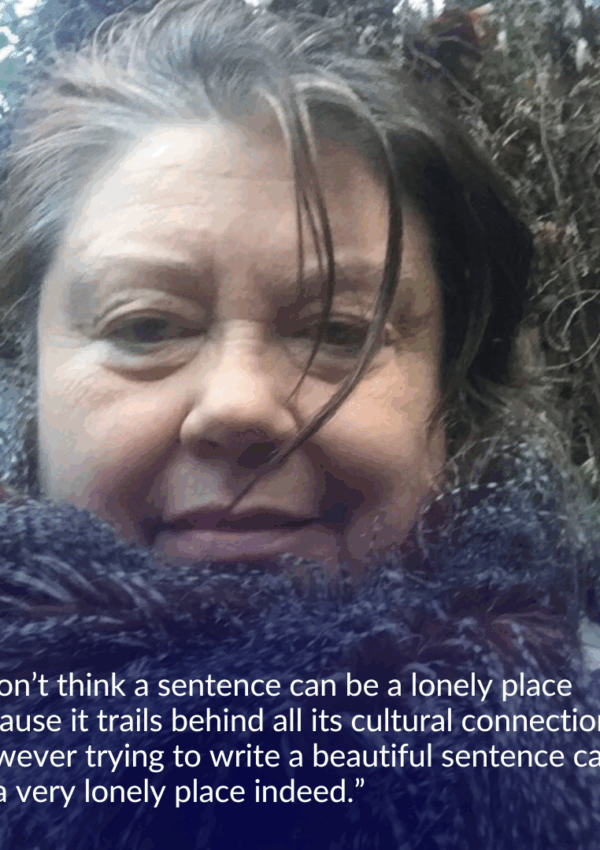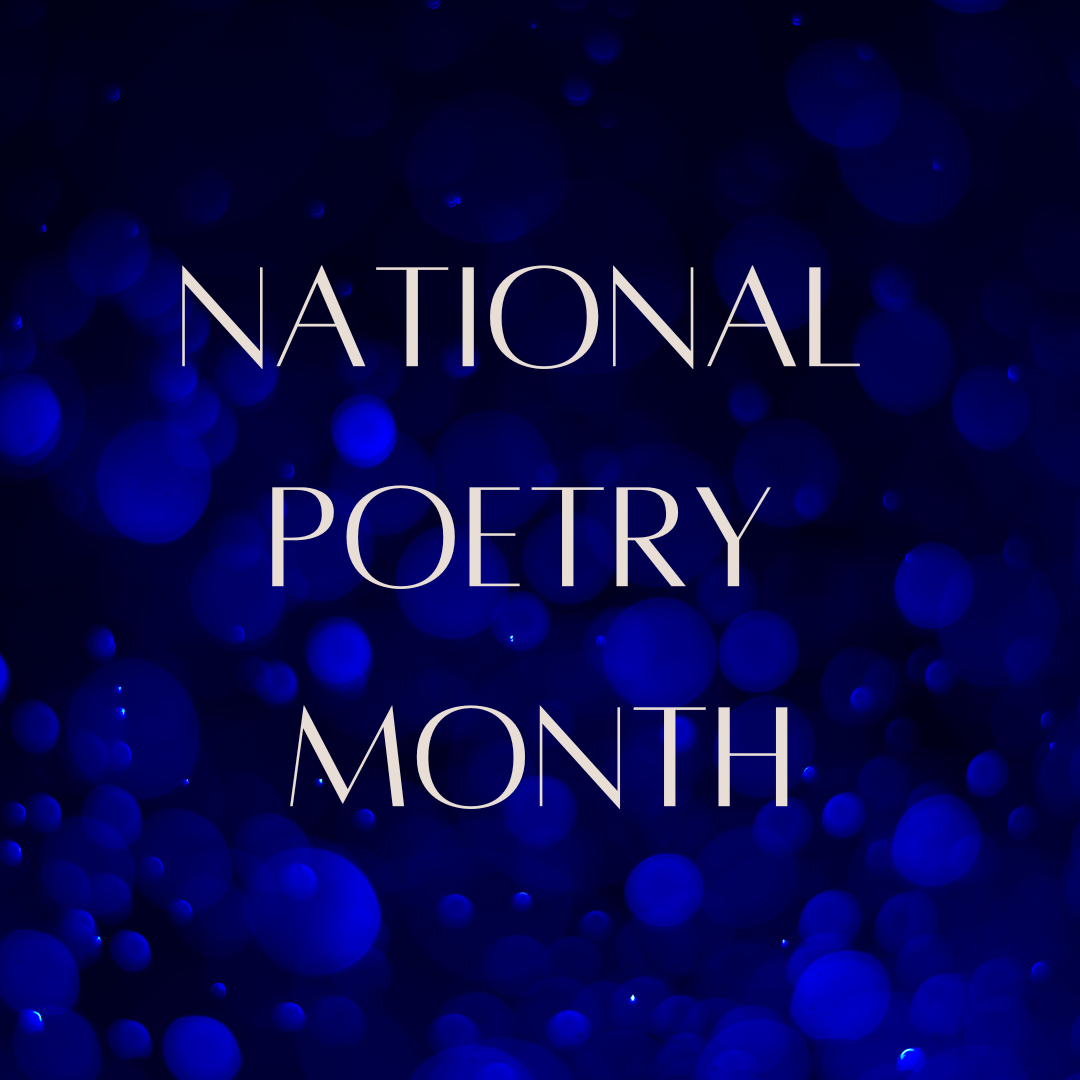Ernest Hemingway led a famously adventurous life, going to wars when he did not have to, hunting big game (and getting a great nonfiction novel, Green Hills of Africa, out of it), becoming an afficionado of bullfighting, boxing in his youth, roaming over diverse parts of the world, and finding inspiration in the turbulent world around him. Out of this various experience, he wove some of our greatest novels and short stories and won the Nobel Prize for literature.
He is famous for his dicta about writing, some of which could be summed up in Julius Caesar’s: “Avoid a hard word like a rock.”
His lean, tight, implicit style of writing has influenced all fiction writing since, with a few outliers, such as Nabokov, Faulkner, Bellow, and two or three others. He established himself as one of the giants of American literature.
But few readers have read extensively in his corpus, and most readers don’t know that Ernest Hemingway wrote in his old age two stories about blind men and that these are great stories. The stories appeared in The Atlantic Monthly on December 20, 1957. One was entitled, “A Man of the World,” the other, “Get a Seeing-Eyed Dog.”
Critics and writers have long felt that the stories are autobiographical, but speculation has been inconclusive on the exact bearing of these stories on Hemingway’s life. It is clear, though, that he felt life had left him blind.
“A Man of the World” suggests what Hemingway felt had rendered him blind; the second story reveals in what way he felt he was blind.
The man of the world is Blindy. He is reduced to cadging quarters off people so he can play the slot machines in saloons. He became blind, we learn, in a barroom fight when both eyes were gouged out. His life is ruinous, circumscribed, pitiful.
And what has this to do with Hemingway?
For one thing, while carrying a wounded soldier to safety in World War I, he was wounded in both legs with shrapnel from an Austrian mortar. While still wrestling with the task, he was then hit in the right knee with machine gun fire (he still managed to carry the soldier to safety). This was in 1918.
Hemingway’s war wounds were enough in themselves to make him have a miserable old age. Far worse were his injuries in private life.
The worst of these occurred in Africa. On his way to photograph Murchison Falls in Uganda from the air, the plane in which he was riding hit an abandoned utility pole and crashed in heavy brush. He suffered a head wound. Next day, as he tried to go for medical help, the plane he boarded exploded. He suffered burns and a concussion that caused leaking of cerebral fluid. Then he was injured again in a bushfire, suffering second-degree burns on his legs, front torso, lips, left hand, and right forearm. Months later, his wife related to a friend the full extent of his injuries: two cracked discs, a kidney and liver rupture, a dislocated shoulder, and a fractured skull.
Afterwards, Hemingway drank heavily to mask pain.
Injuries sustained in a life of perilous adventure were what, Hemingway felt, had made him blind. He had waged a long battle and had his sight taken away. Hence, Blindy. What was left to Blindy—playing life’s slot machines for a few meals—was what, symbolically, was left to his creator.
“Get a Seeing-Eyed Dog” urges in what respect Hemingway felt he was blind.
In this story, a blind writer is at home during a heavy rain with his wife. She and he are talking, and she brings up days from their past, the specific events and sights of those days, and he remembers well a day she refers to: “Yes, I remember her and the crew coming ashore in her boats and coming up the path from the beach, and the geese were afraid of them and so were the women.”
And his wife says, “You’re remembering well today. Don’t do it too much.”
They are reminiscing and he, remembering; and at one point, he says, “Listen to it rain. How is the tide now?”
“It’s way out and the wind has driven the water even further out. You could almost walk to Burano.”
What one learns is that the blind writer can no longer observe nature and has trouble remembering past scenes.
Among the advice Hemingway gave writers was, “Don’t forget to include the weather.” He meant include everything observable in the scene.
When Hemingway was at his peak, he had a photographic memory and could reproduce the very atmosphere and accidents of any day he chose to write about. No one can forget the awful suspense of the sea and the fight with the gigantic marlin in The Old Man in the Sea. Even late in his career, Hemingway could still do it. This from Islands in the Stream: “When Thomas Hudson woke there was a light east breeze blowing and out across the flats the sand was bone white under the blue sky and the small high clouds that were traveling with the wind made dark moving patches on the green water.” Such vivid rendering of place marks Hemingway’s entire body of work.
But in his old age, after so much trauma and pain, he could no longer do so. He was blind. This was the condition he wanted to convey in these great stories shortly before his death. He was left without the tools he thought necessary for the writer. These stories are his letter to posterity. They tell why he felt worn out with life.
He, of course, left a considerable legacy, including voluminous unpublished work for posterity. His memoir A Moveable Feast and his letters shed a world of light on literary America of his time. So great is his shadow over modern writing that few give much thought to the manner of his death.
Facing the door of eternity, he wanted to leave a reminder.
.
David Massey has a Masters in English Literature After 1660 from the University of South Carolina and while there took creative writing classes under George Garrett and James Dickey. He is an old writer who started late but pins his hopes on the fact that Aeschylus, Sophocles, and Cervantes all did their most distinguished work in the last decade of their lives. Thus, he, too, would like a late apotheosis. He has had a modicum of success in the past five years, publishing several short stories in that time.



